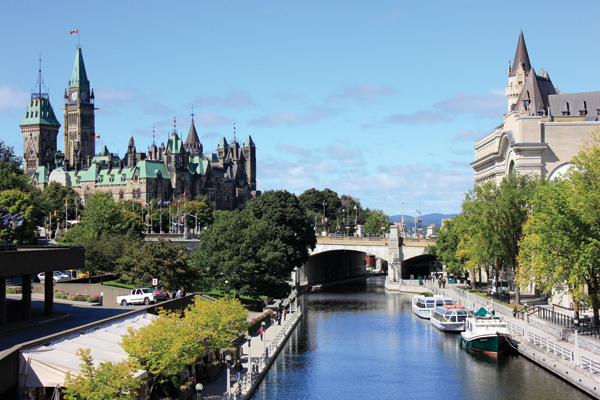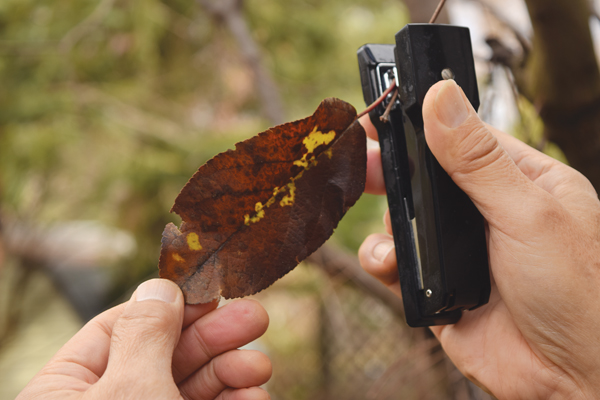Experimental Lakes Area saved by provincial government
Photo by Rebecca Potter
AS A STUDENT in the faculty of science, I was shocked to hear that the Canadian government cut funding to the Experimental Lakes Area (ELA).
Most of my courses described this facility as an amazing and internationally renowned institution, yet in June the federal government decided to shut it down after 40 years of continuous research.
The ELA—encompassing 58 small lakes and their watershed in a scarcely inhabited area of Canada—is the world’s longest running whole lake eutrophication experiment. The lakes gave Canada global scientific respect, and were a point of pride for many Canadians. Rick Mercer even declared the 17 scientists working for this facility as the “rock stars of the scientific community.”
Since 1968, this facility has shown how human and natural impacts affect freshwater ecosystems; it has provided sound scientific evidence for topics such as climate change, fish farming, mercury pollution, and acid rain. Thousands of research papers have been published, and many pieces of legislation written, with the help of experimental research.
For students in programs other than science, or individuals asking why Canadians were paying for such an amazing program, the ELA costs only $2 million to run per year. To put that number into perspective, as per the 2013 Canadian Budget, Chapter 3.3; Creating a New Building Canada Plan is receiving more than $53 billion and Chapter 3.2: Helping Manufacturers and Businesses Succeed in the Global Economy is receiving more than $1.4 billion. $2 million is only about a tenth of the budget Prime Minister Stephen Harper has for his security detail.
The ELA concluded that acid rain was a problem and the government cut its funding for what—the large economic gain?
Reports show that this institution would cost $50 million to shut down. From an economic point of view, closing it down makes little sense. From a scientific standpoint, we would be losing an invaluable research facility that helped maintain freshwater in Canada and shaped the way the world protects its freshwater supply.
Without getting into any conspiracy theories about the government or bringing up the topic of scientific muzzling, I cannot hide my personal sadness and agitation at the federal government’s decision to shut down the ELA.
But the story didn’t end in June. Recently there has been a turn of events for the ELA. On Sept. 2, the provincial governments of Ontario and Manitoba put forth yearly funding of $2 million and $900,000 respectively to maintain the ELA for the next six years. In a media release, the Ontario Office of the Premier justified the spending as part of Ontario’s “plan to foster research and innovation and create jobs in Ontario.” At least some level of government put some importance on those goals.
For more than 40 years, the ELA has provided sound scientific evidence to help maintain our global freshwater ecosystems. Although I am not so sure the Harper government really needed that extra $2 million—perhaps next time they could take it from the senate—I am relieved that other Canadians still value good scientific research.
Perhaps the ELA’s story doesn’t need an ending after all.





